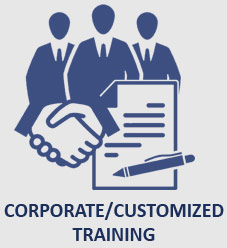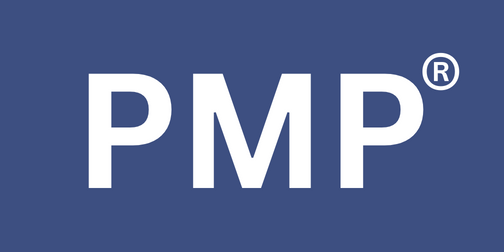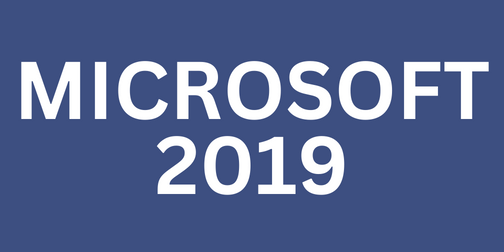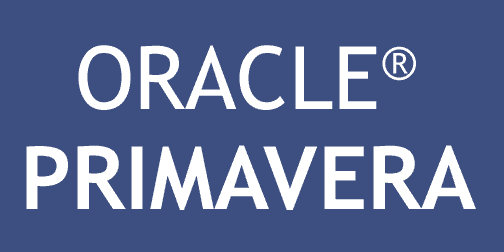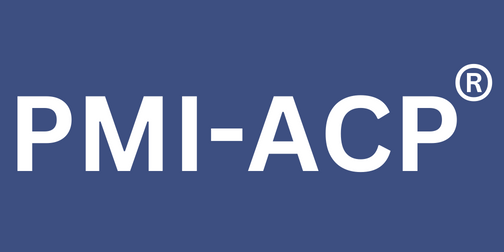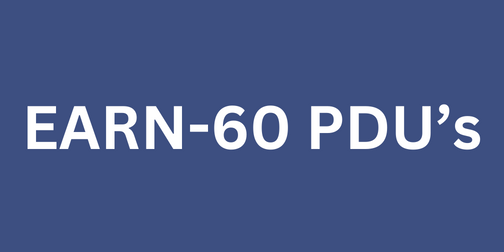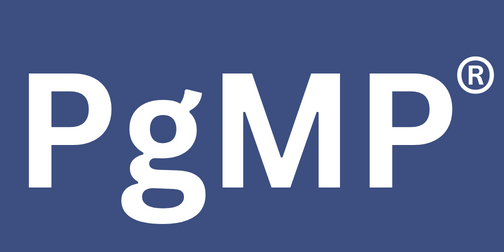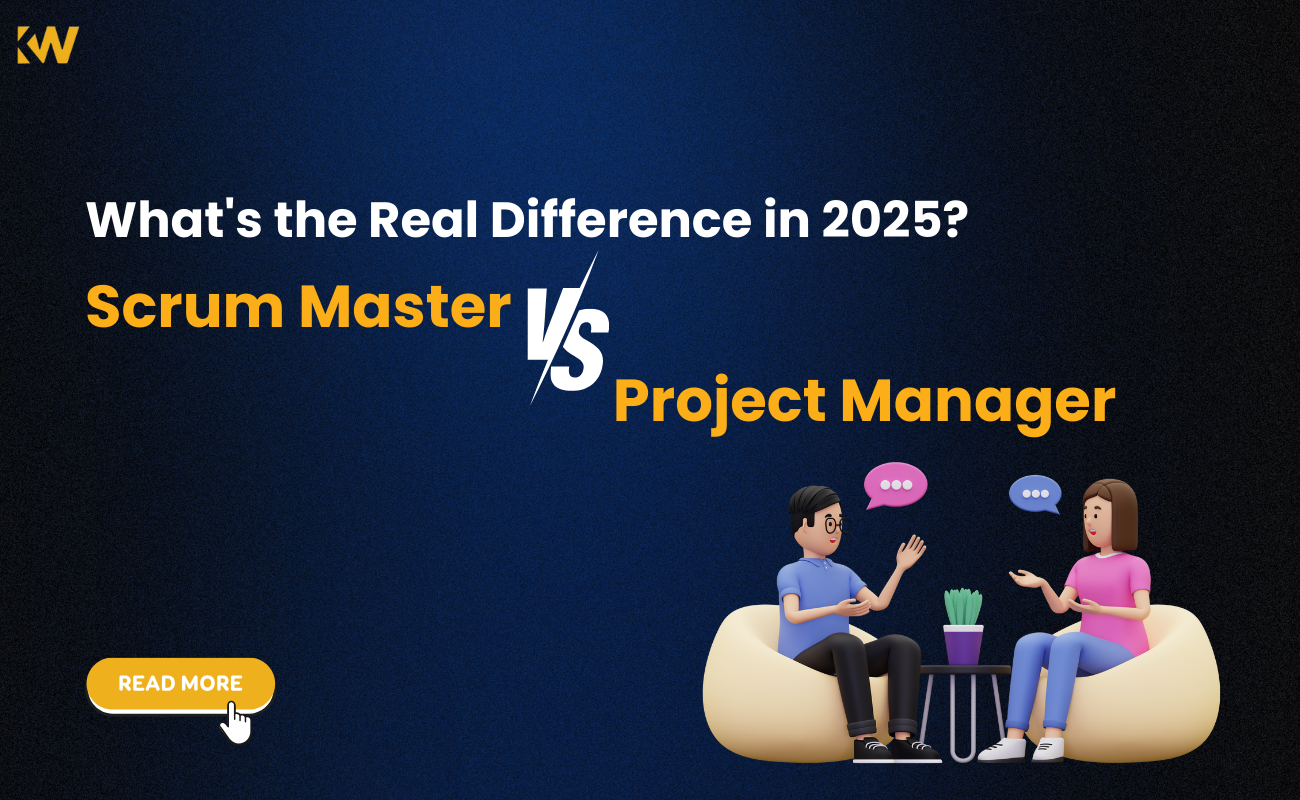
Scrum Master vs Project Manager: What’s the Difference?
Posted On April 21, 2025 - 12:42 PM
Blog Contains :
1. Introduction
-
Briefly introduce the relevance of both roles in today’s project management and Agile environments.
-
Tease the key difference and the decision-making factor for choosing one over the other.
2. What is a Scrum Master?
-
Definition
-
Agile methodology focus
-
Emphasis on facilitation, coaching, and servant leadership
3. What is a Project Manager?
-
Definition
-
Scope across industries and methodologies
-
Focus on planning, execution, and delivery
4. Key Responsibilities: Scrum Master vs Project Manager
4.1 Scrum Master Responsibilities
-
Facilitate daily stand-ups
-
Remove team blockers
-
Coach Agile practices
-
Protect team from scope creep
4.2 Project Manager Responsibilities
-
Define project scope, schedule, and budget
-
Manage stakeholders and communication
-
Risk management and resource allocation
-
Deliver project outcomes
5. Tools & Methodologies Used
-
Scrum Master: Jira, Trello, Agile, Scrum, Kanban
-
Project Manager: MS Project, Asana, Waterfall, Agile, PMP frameworks
6. Career Paths and Certifications
-
Scrum Master: CSM, PSM → Agile Coach → Transformation Consultant
-
Project Manager: PMP, PRINCE2 → Program Manager → PMO Director
7. Skills Comparison Table
8. Scrum Master vs Project Manager: Which Role Suits You Best?
-
Decision factors: Personality, career goals, working style
-
When to choose Scrum Master
-
When to choose Project Manager
9. Final Thoughts
-
Both roles are valuable but serve different purposes
Match your passion with the responsibilities
1. Introduction
In the ever-changing world of project delivery, companies are constantly searching for the appropriate role to be successful. Two of the most talked about include the Scrum Masterand the Project Manager.
At first look, these roles might appear to be like they are. They're both management positions designed to ensure that projects are successful. If you look into the details, you'll notice distinct distinctions in the responsibility, mindset and process.
This blog focuses on the differences and helps you figure out which one is most compatible with your professional goals and personal style.
2. What is a Scrum Master?
The Scrum Master is a crucial facilitator in agile teams. Their main focus is helping teams function effectively in Scrum. Scrum framework.
Agile Methodology Focus
Scrum Masters don't manage people or projects in a direct manner. Instead they create an environment that allows teams to self-organize and thrive. Agile encourages collaboration, rapid iterations and constant feedback. The Scrum Master facilitates this by guiding the team on Agile principles.
Facilitation and Servant Leadership
They are leaders by serving, removing roadblocks and facilitating team communication and ensuring that the team is protected from distractions. They collaborate in close collaboration alongside Product Owners and Development Teams to ensure that Scrum ceremonies (daily standups and sprint planning, reviews reviews, and standups) are effectively followed.
3. What is a Project Manager?
An project manager is an individual who is accountable for the overall management as well as the execution and execution of projects across diverse sectors and methods.
Cross-Methodology Role
Project Managers aren't limited to Agile. They can work in Waterfall, Hybrid, Lean as well as Agile frameworks, according to the organizational structure and the project's requirements.
Control and Accountability
Contrary to the role of a Scrum Master the PM typically has the direct power in the direction of his team. They are accountable for defining the scope of work, setting timelines, coordinating the team's resources as well as reporting to stakeholders and reducing risks. Their method is usually structured with a lot of documents, and is governed by timelines and KPIs.
4. Key Responsibilities: Scrum Master vs Project Manager
4.1 Scrum Master Responsibilities
-
Facilitate daily stand-ups: Keep everyone on the same page and ensure that the blockers are spotted early.
-
Eliminate Team Blockers: Work on problems that are logistical, technical or interpersonal that impede progress.
-
Coach Agile Practices Training new teams or team members on Agile values and rituals.
-
Maintain Focus: Stop scope drift and distractions from affecting sprint goals.
-
Develop a culture of safety for your team Establish a safe environment in which teams are comfortable to try new ideas and fail quickly.
4.2 Project Manager Responsibilities
-
Definition of Project Scope Collaborate with stakeholders to define clear goals and deliverables.
-
Develop Project Plans: Use the Gantt chart, timelines along with resource plan to manage the work.
-
Stakeholder Management: Ensure that communication is moving between teams, clients and executives.
-
Control of the Budget and Timeline Allocate resources, monitor expenses, and make sure that you deliver on time.
-
Controlling Issues and Risk: Recognize issues early and develop mitigation strategies in place.
5. Tools & Methodologies Used
|
Category |
Scrum Master |
Project Manager |
|
Tools |
Jira, Trello, Miro, ClickUp |
MS Project, Asana, Wrike, Smartsheet |
|
Methodologies |
Scrum, Kanban, SAFe, LeSS |
Waterfall, Agile, Hybrid, PMP, PRINCE2 |
|
Reporting |
Burndown Charts, Velocity Reports |
Gantt Charts, Earned Value Analysis, RACI |
Scrum Masters rely on lightweight tools for collaboration that are real-time as do Project Managers utilize reporting and planning tools for top-down control and transparency.
6. Career Paths and Certifications
Scrum Master Career Path
-
Entry-Level: Certified Scrum Master (CSM), Professional Scrum Master (PSM I)
-
Mid-Level: Advanced CSM (A-CSM), SAFe Scrum Master, ICAgile Certified Professional
-
Senior Roles: Agile Coach, Agile Program Manager, Enterprise Agile Transformation Consultant
Scrum Masters typically advance into role of transformation or coaching as they assist several teams or the whole company in embracing Agile.
Project Manager Career Path
-
Entry-Level: CAPM (Certified Associate in Project Management)
-
Mid-Level: PMP (Project Management Professional), PRINCE2 Foundation/Practitioner
-
Senior Roles: Senior PM, Program Manager, Portfolio Manager, PMO Director
Project Managers usually advance to higher-level positions in strategic management in charge of portfolios, programs or offices for projects.
7. Skills Comparison Table
|
Skill |
Scrum Master |
Project Manager |
|
Agile Expertise |
✅ |
✅ |
|
Leadership |
✅ |
✅ |
|
Budgeting & Finance |
❌ |
✅ |
|
Risk Management |
⚠️ |
✅ |
|
Team Coaching |
✅ |
❌ |
|
Conflict Resolution |
✅ |
✅ |
|
Stakeholder Management |
⚠️ |
✅ |
|
Documentation & Reporting |
❌ |
✅ |
|
Technical Knowledge |
Helpful |
Helpful |
🔍 Note: Scrum Masters can manage risks and stakeholders, but it’s not a central function like it is for PMs.
8. Scrum Master vs Project Manager: Which Role Suits You Best?
Consider a Scrum Master Role If You:
-
You will thrive in fast-paced, collaborative environments
-
Love coaching teams and helping them instead of managing them
-
Are enthusiastic in Agile principles and servant-leadership.
-
Like being part of the team, and focusing on processes and people
Consider a Project Manager Role If You:
-
Love organizing, planning and planning
-
Like having the overall picture, and managing multiple moving parts
-
Are at ease with budgeting, risk assessment, and stakeholder involvement
-
Would you like to work in a variety of disciplines and methodologies?
Pro Tip: Some companies are moving towards hybrid roles like " Agile Project Managers" or "Delivery Managers," which mix elements from both.
9. Final Thoughts
Both the Scrum Masters and Project Managers are crucial to the successful delivery of projects however, they need different skills and mindsets.
-
Select Scrum Master if would like to guide and coach agile Teams from within the trenches.
-
Select Project Manager if prefer to be in charge from the front, and ensure that the project is completed in time and on budget.
No matter what the job it is the same - delivering value to the customers and assisting teams to reach their maximum potential.
A few professionals change roles and have hybrid roles in agile environments. It's not necessary to make a decision for a long time. Just choose what you like most right now.
🚀 Tip: Some professionals even transition between both roles or hold hybrid positions in Agile environments. You don’t have to choose forever—just choose what suits you best right now.
Check Out This Blog : What is the Difference Between PMP and PRINCE2? Salary, Cost, Exam & Career Comparison











